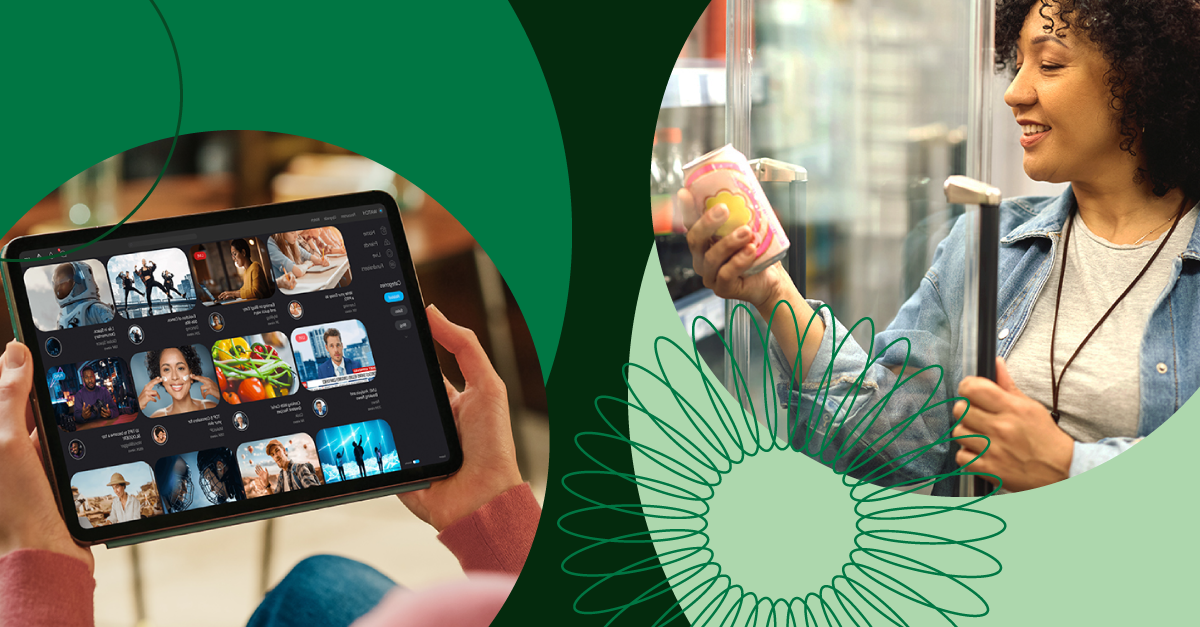How Connected Data Finds Consumers Lost in the Cost-of-Living Storm
8 September 2025
Marketers have always connected brands and consumers by turning behaviours into resonant messages. In today’s data-driven world, that role is shifting faster than ever. Alison Harding, Vice President, Data Solutions, EMEA, Lotame, explores what this evolution means for the future of marketing.
Marketers have always stood at the intersection between brands and consumers, translating needs and behaviours into products and services, then tying it all up in messages that resonate.
As the cost-of-living crisis drags and consumer loyalties fray, marketers’ insights have never been more crucial to retaining brand relevance and mindshare; yet understanding consumers has become more difficult. Data signals can easily be lost to the wind if you’re not working with the right partner, and behaviour changes faster than legacy tools can keep up with.
However, the tides are changing. With supply-side signals, data collaboration, and identity, marketers can now restructure their strategy with a precise and privacy-conscious map of connected consumer activity.
New Signals for a New Normal
The squeeze on household budgets has made consumers more likely to shop around. Brands that cannot adapt their sales to the changing market risk being overtaken by more adaptable competitors.
Fortunately, supply-side players (publishers, ecommerce platforms, and retailers) have access to a wealth of audience data. Their close relationship with consumers creates rich veins of insight, making them must-have partners for brands and agencies who want to be on the pulse of the market.
With third-party cookies in their last gasps of relevance and email-based targeting limited by scale, proximity to the consumer is everything. First-party data from publishers — think consented login information and anonymised behavioural signals — can now be aggregated, connected, and activated across domains, turning shallow pools of audience data into vast oceans.

Navigating with Data Constellations
This constellation of audience data allows brands to recalibrate from scattershot to precision targeting. Rather than using vague demographic buckets as a guide, marketers can now steer campaigns towards actual intent.
Take two households searching for new energy providers. One visits comparison sites and is responsive to limited-time offers and budgeting tools. Another consumes green lifestyle content and filters plans by sustainability.
Both households are in the same market but leave behind signals that can inform entirely distinct creative and messaging strategies.
Marketers can also explore beyond obvious placements. By mapping out each household’s broader media engagement, brands can uncover uncharted environments to connect with their audience; ones their competitors might overlook.
Even unknown households become reachable. Using probabilistic modelling, the supply side is extending known audiences across the entirety of their inventory, scaling campaigns with minimal compromise to accuracy.
Identity further widens a marketer’s scope, stitching together various signals — such as email addresses and device IDs — into cohesive profiles. It’s the hidden infrastructure enabling cross-platform interoperability, so campaigns can reach users wherever they are, without duplication or wasted spend.
The mechanics behind these systems are dizzyingly complex, but the outcome is straightforward: marketers gain a clear view of who their audience is and where to reach them, even across fragmented media channels.
Buy Side, Meet Sell Side
For this tapestry of data to drive results, buy side and sell side need to collaborate. As the name suggests, data collaboration platforms are built for the task, enabling brands, agencies, and publishers to match audiences without sacrificing ownership and control of their proprietary data.
A beverage brand and a streaming platform, for example, can identify overlapping audiences to push a branded content campaign, or a CPG brand could tap into a retail media network’s data to uncover audience insights they lack.
Collaboration is the new standard bearer for campaign success, moving the ecosystem from winner-takes-all competition towards more open and mutually beneficial partnerships. When the economy is this tumultuous, pooling resources benefits everyone who pitches in.
In today’s stormy marketing seas, where every pound of spend must paddle twice as hard to reach its destination, connected data allows brands to use real consumer behaviours as their North Star. And when they reach calmer shores, they’ll bring a rich community of loyal and engaged consumers with them.
Ready to unlock your data’s potential? Book a free consultation with a data collaboration expert.

